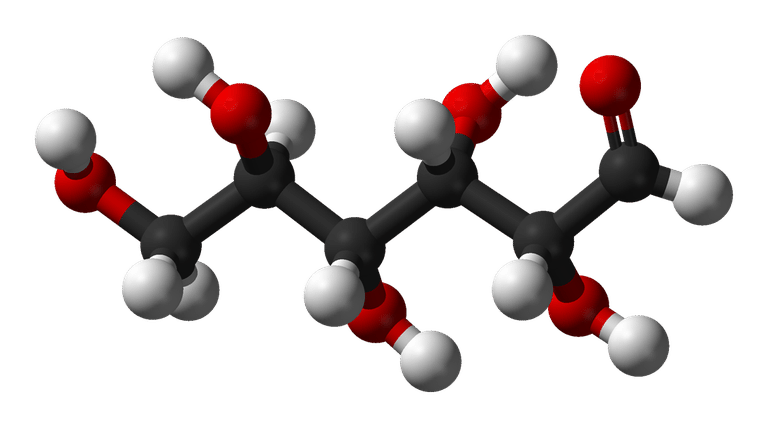How to find molecular formula? You can do the calculation yourself by having some tools in hand and some information. Molecular formula is a chemical formula that states the total number and type of atoms in the molecule of a substance. The multiple steps involved in the calculation are as follows: calculation of empirical formula mass, dividing the gram molecular mass by empirical formula mass and then multiplying each of the subscripts by the number obtained in the previous step.
Atoms are the building blocks of molecules
The smallest units of matter that have the properties of a chemical element are called atoms. Atoms consist of three subatomic particles. They are electrons, neutrons and protons. Electrons carry a negative electrical charge, protons carry a positive electrical charge and neutrons carry no electrical charge. Atoms are the building blocks necessary to build larger structures called molecules. The molecular formula of C6H14 indicates the presence of 6 C atoms and 14 H atoms in a hexane molecule. Molecular formula is also known as the true formula. The molecular formula also shows the actual number of atoms present in a single molecule. Subscripts indicate the number of atoms present after the symbols of elements. One atom is present in the substance if there is an absence of subscript
Computing the molecular formula when you know the molar mass
When you know the molar mass of the substance you can derive the molecular formula. You can calculate the ratio of the actual mass to the empirical mass if you know the molar mass of the compound. If you take the example of water, the molecular formula and the empirical formula comes out to be the same because the ratio is one. If you take the example of hydrogen peroxide, where the ratio is two, then derive the right molecular formula by multiplying the subscripts of the empirical formula.
Calculation of molecular mass for macromolecules and polymers
Multiplying the number of atoms present in the element with the atomic mass of each element you can arrive at molecular mass. To that, the number of atoms is added. It becomes a problem to calculate molecular mass for macromolecules and polymers because they do not possess a standard formula and are very big. However, it is possible to calculate the molecular mass of small molecules. Experimental techniques may be applied to arrive at an average molecular mass. The different methods used for this involve measurement of viscosity, crystallography and static light scattering. The empirical formula gives you the percent composition of a substance. To calculate the molecular formula, you need to arrive at the molecular mass from mass spectrum or deduce it with an experiment. Record the subscripts of the molecular formula. Even though it is not normal, if one of the subscripts is one, you must record it.
Finding the molecular formula of a compound
Calculate the mass percent. Mass per hundred gram sample is used for this purpose. Next moles have to be calculated by converting these masses. Now calculate the ratios of the moles. Round off the mole ratios to the nearest whole number.
Same empirical formula but different molecular formulas
C6H12O6 is the molecular formula of glucose. One molecule of glucose contains 6 atoms of carbon, 12 atoms of hydrogen and 6 atoms of oxygen. You can arrive at the empirical formula by dividing all the numbers in molecular formula with some value. The empirical formulas do not show the actual number of atoms within them. They show the ratios of these atoms. So to do away with this problem, the innovators of chemistry have devised some strategies to deal with it. They have made a differentiation between a molecular formula and an empirical formula. Two compounds may have different molecular formulas but the same empirical formula.
Application in the real world
A toxic part of smog is formaldehyde. It is poisonous in nature and is supposed to cause cancer. In ancient days, formaldehyde solutions have been used for embalming dead bodies. But you cannot use this component in coffee. This will not be fit for human consumption. Similarly, take the case of glucose. Glucose is produced during the process of photosynthesis light absorbed by the green chemical chlorophyll results in the production of glucose caused by the reaction between water and carbon dioxide. You can use this in tea and coffee to get delicious results. Therefore, both empirical formulas and molecular formulas vary and this difference has importance in the real, practical world.
Importance of molecular formula
The molecular formula provides many types of information. A Single mole of a substance is indicated by the molecular formula of a substance. The shorthand notation of a substance is derived by a molecular formula. The molecular mass of the substance is indicated by the molecular formula of a compound.






